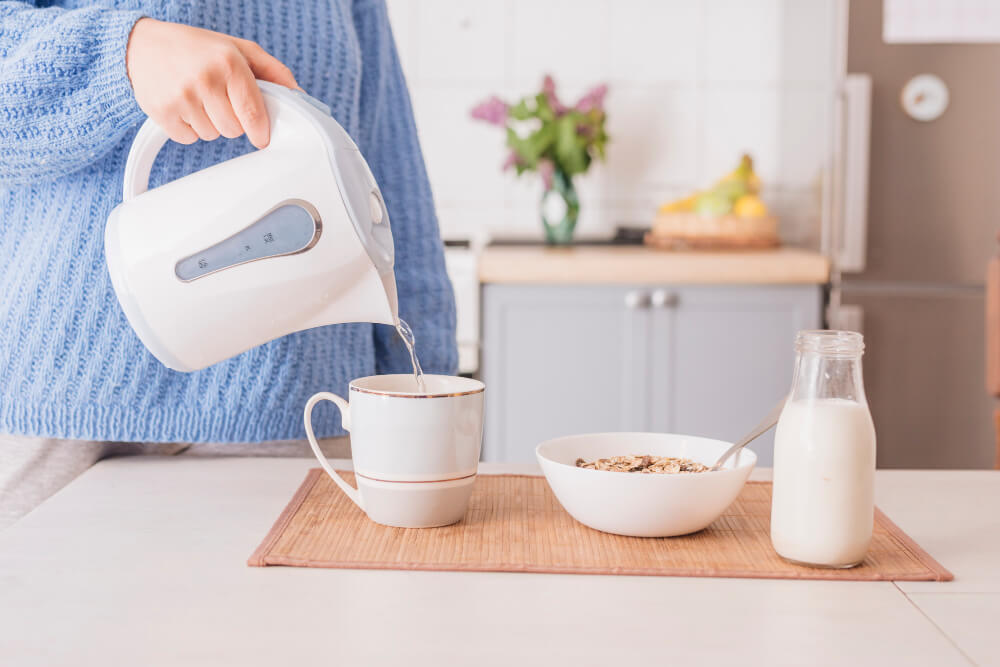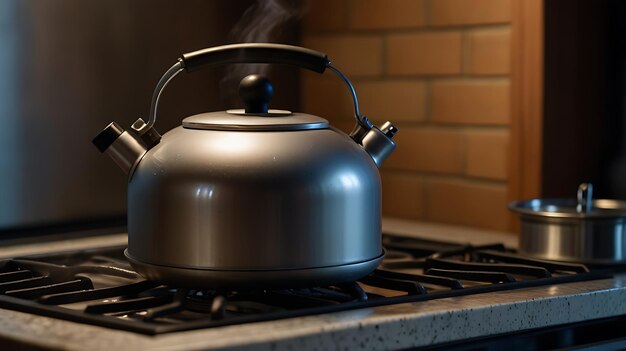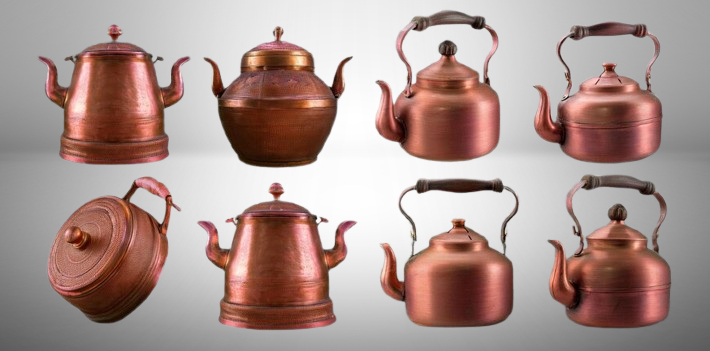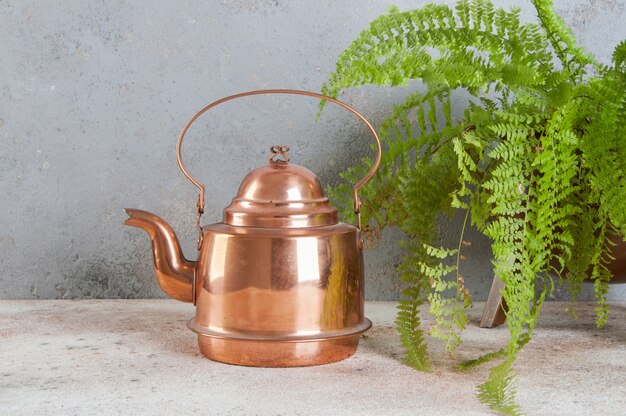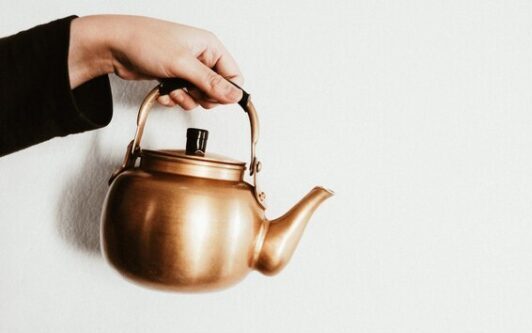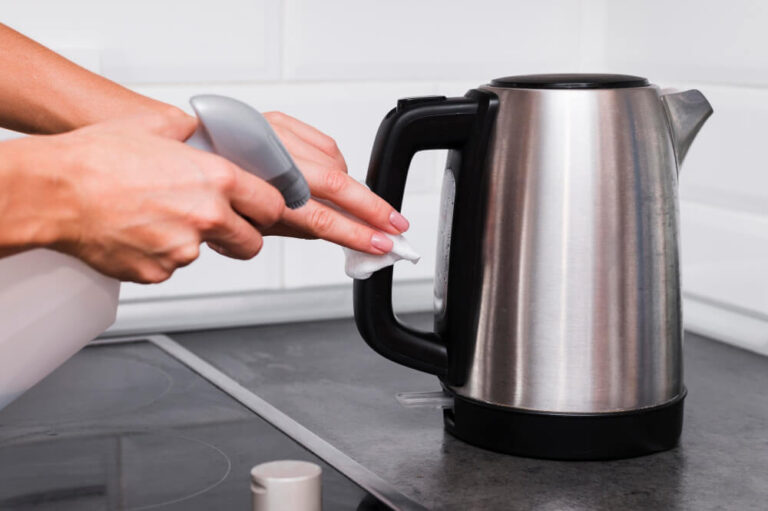How to Use an Electric Kettle: Guide to Safe, Quick, and Efficient Boiling
Electric kettle is a small kitchen appliance that can heat water quickly. It has a heating component inside, compared to conventional stovetop kettles, which draw heat from outside to boil the water. Electric kettles are speedy and flexible, and boiling water only takes a few minutes.
This makes them suitable for preparing hot beverages and instant meals and also for extending the time taken in some cooking processes.
Table of Contents
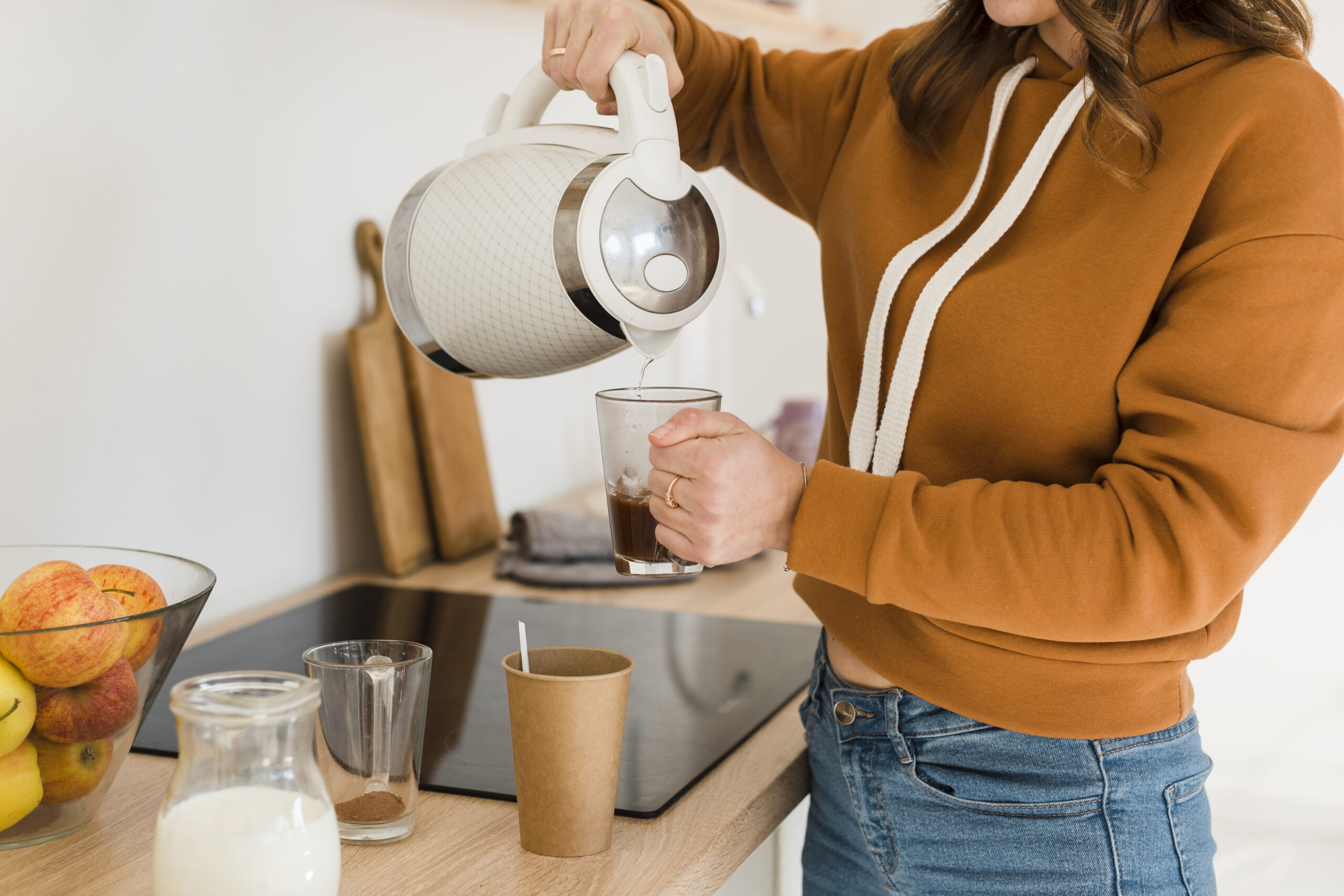
Step-by-Step Guide to Using an Electric Kettle:
Step 1: Fill the Kettle with Water:
When using an electric kettle, remove the lid, open the spout cover, and pour clean, cold water into it. Always look out for the max fill line embossed on the kettle. Failure to observe this might lead to spilling the kettle while boiling. I also recommend washing with cold water since it allows the kettle to function perfectly.
Tip: Do not use hot water from the tap. It may influence the quality of the beverages and contain more impurities.
Step 2: Plug in the Kettle
When the kettle is full, make sure the base fits perfectly and is tightly locked into position. It is recommended that you use a grounded power outlet to connect the kettle’s power cord. Do not step on the cord. Double-check whether it is damaged, and ensure it is not placed near water sources, which may lead to problems.
Step 3: Turn On the Kettle
Depending on your model, the kettle may have an automated switch or button to start the heating process. Some kettles illuminate or produce a beep sound once the water inside is heating. If you have a variable-temperature kettle, you may wish to choose your desired level of boil (e.g., 175°F for green tea or 212°F for water).
Step 4: Wait for the Water to Boil
Current electric kettles come with a feature of an automatic stop that powers the kettle off as soon as the water boils. This makes one avoid having to check on it often. Different kettles will boil water between 2 and 5 minutes, depending on the model and the quantity of water boiled.
Tip: If your kettle has a keep warm feature, then the water is kept at the set temperature by the kettle after boiling.
Step 5: Safely Pour the Water
Once the stopper has dropped and the kettle shut off, gently pick up the kettle by its handle to pour the water. Do not touch or steam the metal body, as it is usually very hot. While pouring, try to gaze at the spout area and pour the water slowly so that you do not cause a spill or suffer a burn.
Safety Tip: Never touch the kettle body since it gets very hot. I was even able to burn my fingers on the bottom part. If your kettle is not designed to be a cool touch, be very careful when handling it.
Step 6: Clean the Kettle Regularly
Regular cleaning of the electric kettle is very important to achieve the best results and avoid contamination of the boiled water.
To avoid this, rinse the container after each use to remove the water (be especially more vigilant if using hard water). Also, to keep your kettle in the best shape, you should descale the kettle every few months a lime and mineral build-up occurs on its bottom.
Descaling Tip: Descaling your kettle is as easy as boiling water and vinegar mixed in equal measure for 15-20 minutes, then washing with fresh water.

Safety Tips for Using an Electric Kettle:
While electric kettles are generally safe to use, here are a few critical safety precautions to keep in mind:
- Never immerse the kettle in water
The electrical component can be deteriorated when the kettle is filled with water.
- Turn off and unplug the kettle when not in use:
Switch and disconnect the kettle. You should never use the kettle with water in it or clean it without first disconnecting it.
- Avoid using a damaged cord:
If the cord has a split and looks terrible, the user should stop using the kettle and get a new cord or seek advice from the manufacturer.
- Keep the kettle away from water sources :
Do not allow the kettle and the accompanying cord to come near water sources for safety against electrical shocks.
Additional Uses of an Electric Kettle:
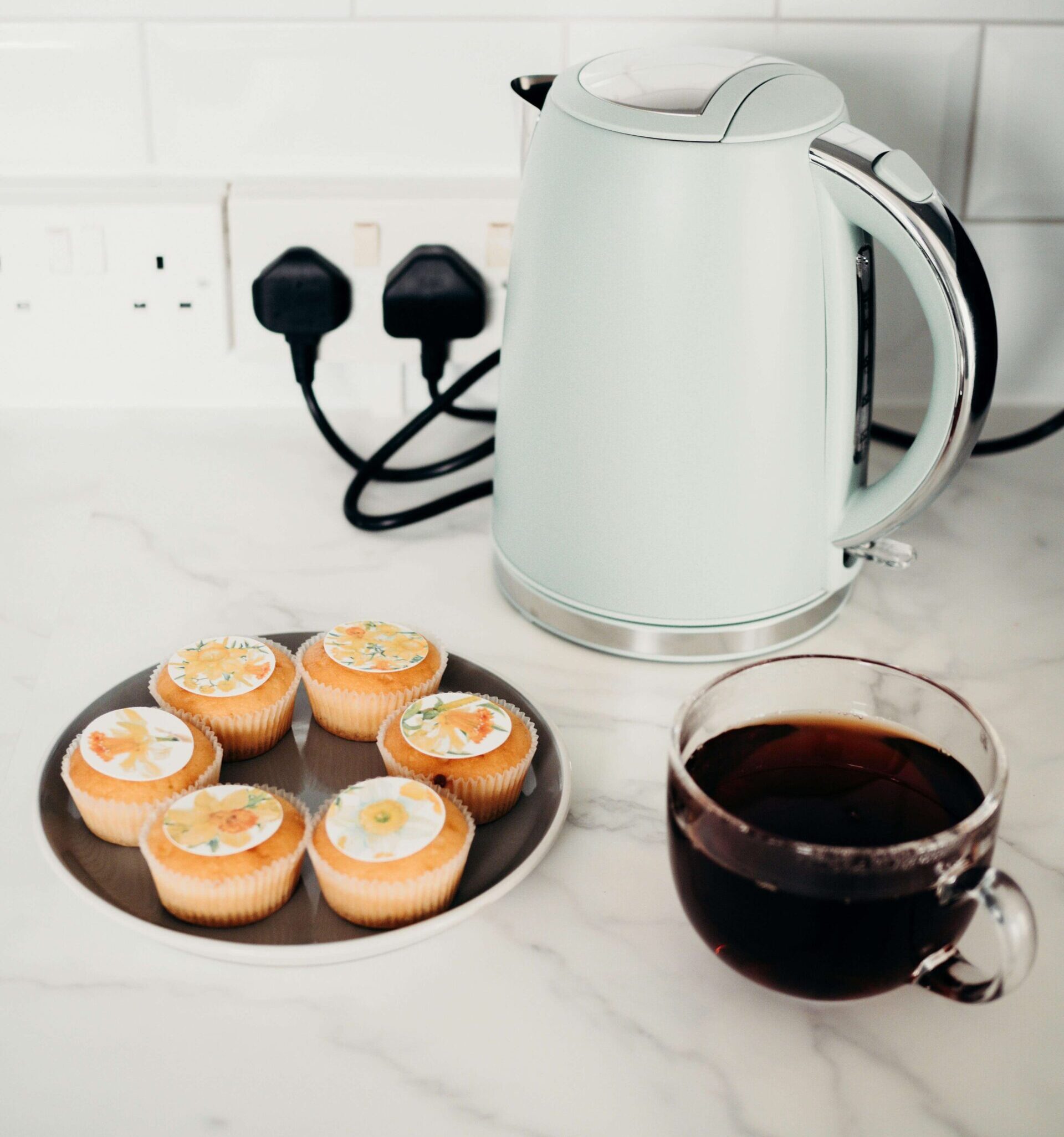
FAQs:
Can I boil milk in an electric kettle?
Most electric kettles should not be used for boiling milk, as this can cause the kettle’s interior to burn or stick. However, you can warm the milk on the stove or in a microwave.
How do I clean an electric kettle?
To clean your kettle regularly, descale it with half water and vinegar or boil lemon juice to help dissolve mineral deposits. Rinse a few times, then let it dry, and wipe the body part with a wet cloth.
Is it safe to leave water in the kettle overnight?
It’s not dangerous, but leaving the water in the kettle for a long time can result in the formation of deposits of minerals. For example, with the kettle, it is advisable to use it once through, dump the water, and then fill it with water when necessary.
Conclusion:
Electric kettles are convenient and allow you to heat water for multiple uses quickly. As described in the guide, avoiding improper use and cleaning the kettle at the right time will extend the product’s durability.
If you take the necessary precautions, your electric kettle will remain an essential piece of kitchen equipment for a long time.
